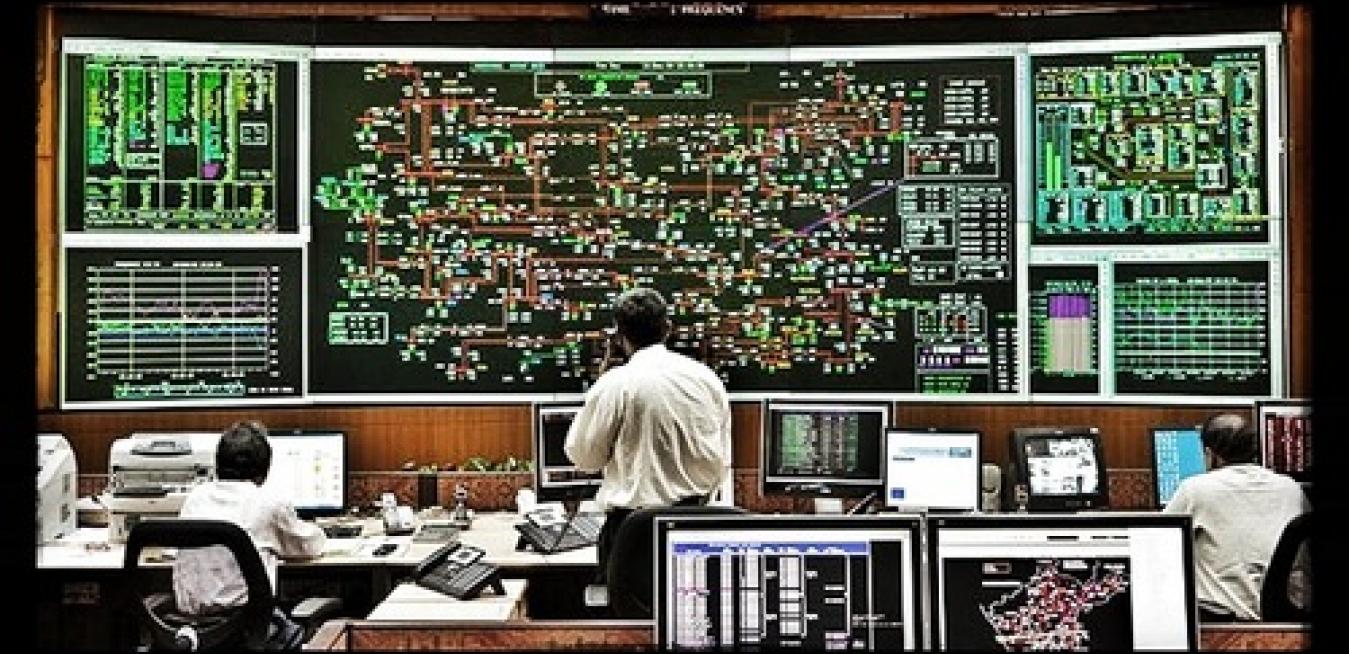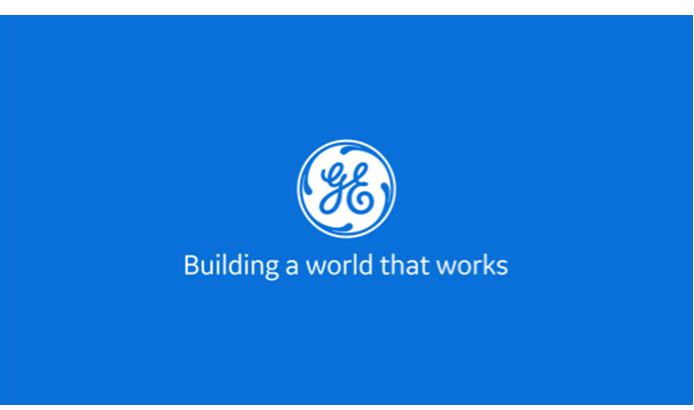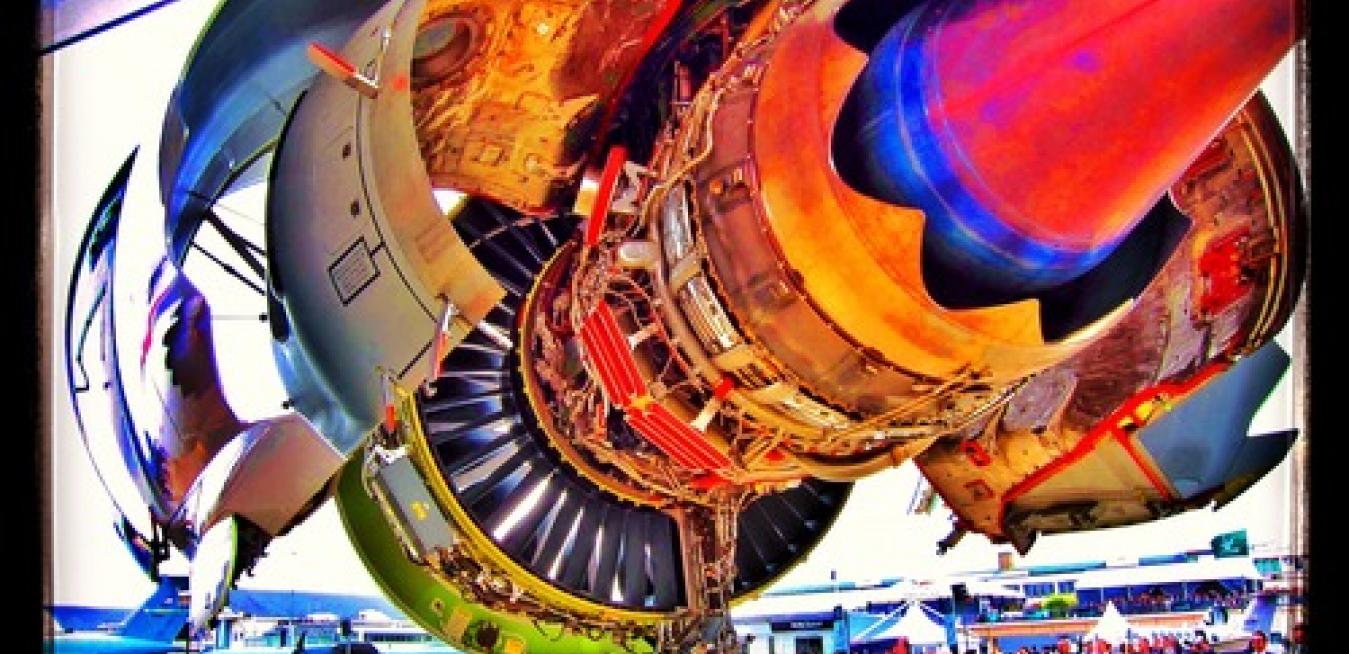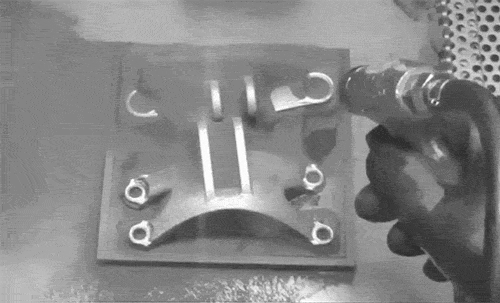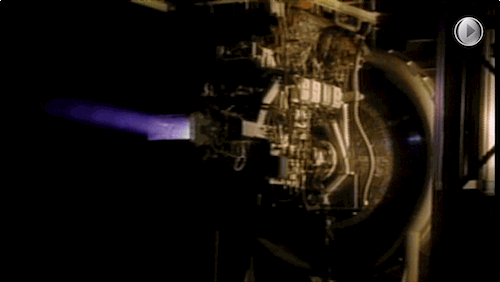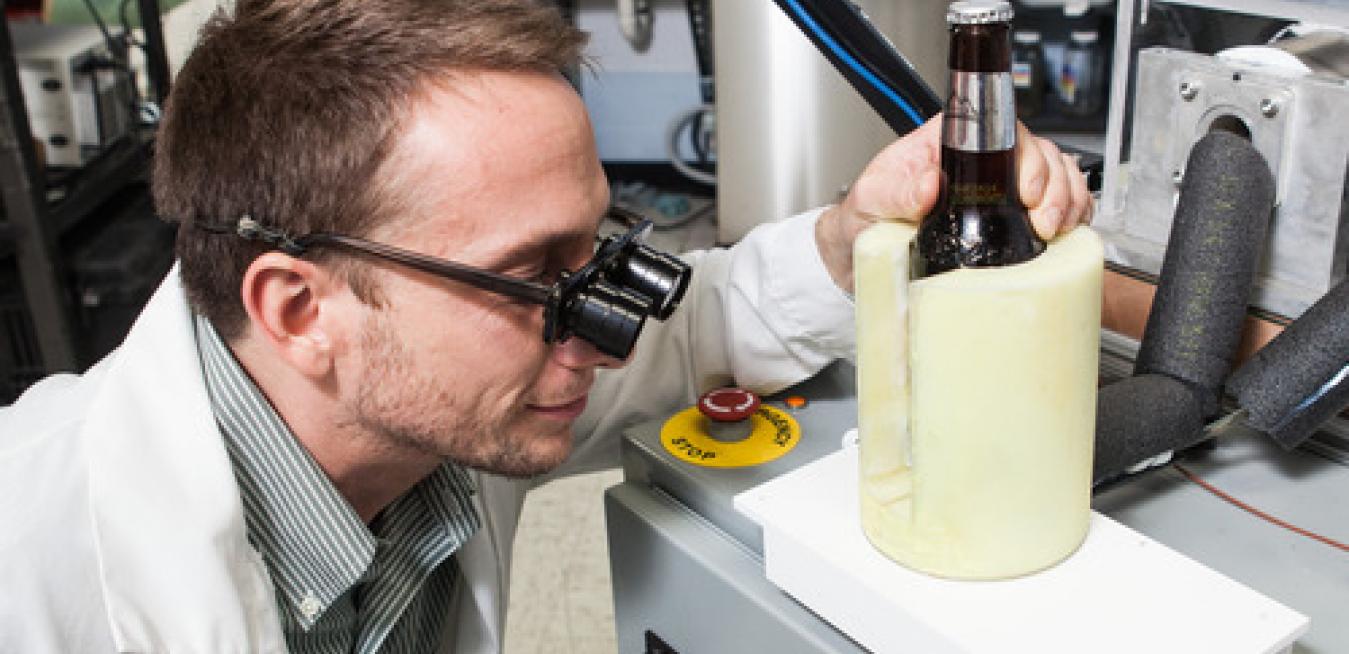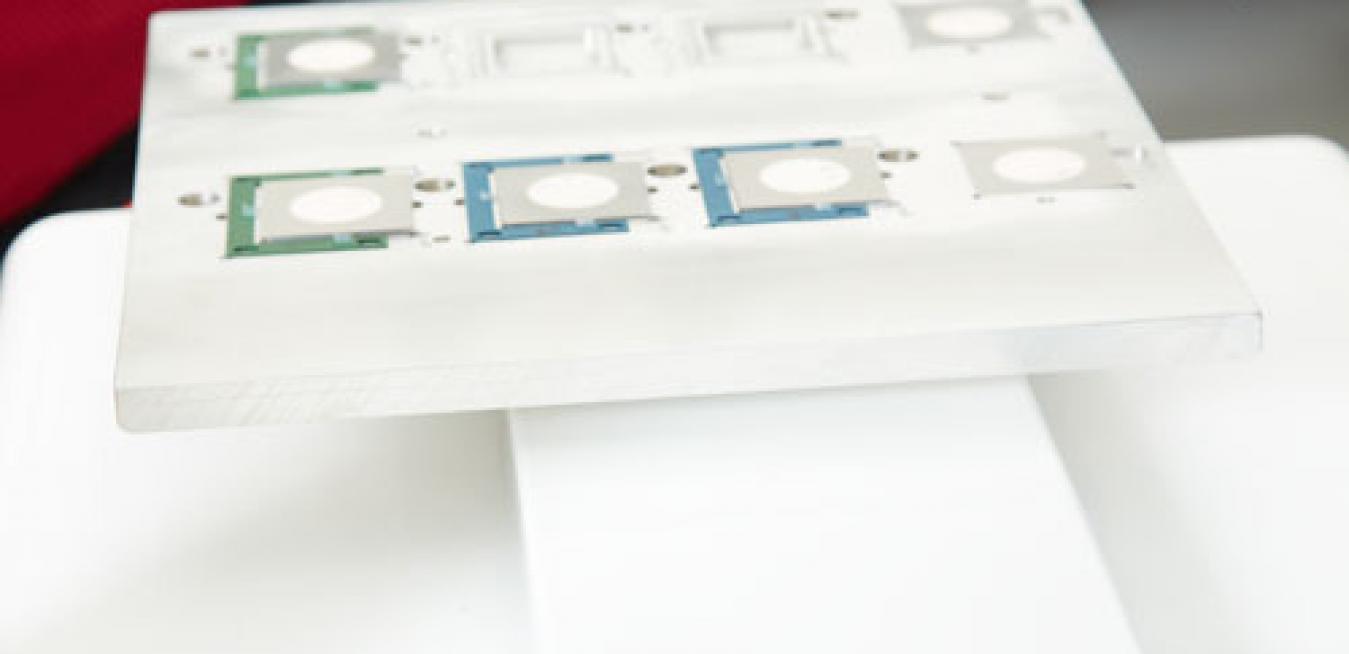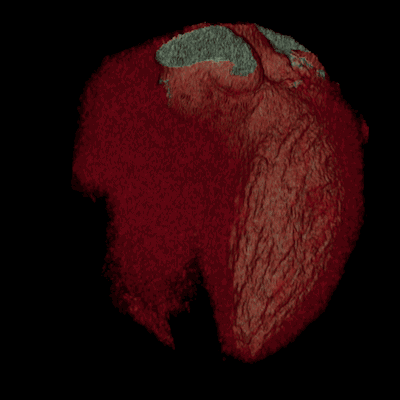GE said today that it would start using a new enterprise software platform developed by the cloud-based content company Box to connect its global employees and simplify how they work together.
GE employs 300,000 employees in more than 170 countries and soon the tool will allow many of them, including GE customers and partners, to securely collaborate online and access, store and share data from tablets smartphones and other connected devices.
When GE engineers wanted to make their jet engines more efficient, they developed a special ceramic material that can operate at temperatures where most metal alloys grow soft. But the idea of putting ceramics inside jet engines was so revolutionary that they took the material to a shooting range and blasted it with steel balls flying at 150 mph to prove that it was viable (see image below).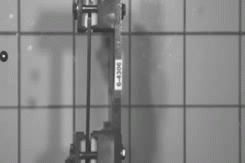
GE and the open engineering platform GrabCAD invited the maker community to design a stronger but lighter bracket used for moving jet engines that weigh nearly 13,000 pounds. The company received over 700 entries from all over the world.
Instead of traditional steel tube towers, the new design is using metal latticework wrapped in a fiberglass coat. The lattice girders can be loaded inside shipping containers and onto ordinary trucks, and bolted together at the final destination. This makes logistics and transportation easier (see time-lapse video).
Jet engines come in all shapes and sizes. Fighter jets use sleek and narrow supersonic engines called low-bypass turbofans to generate enormous thrust. But they also guzzle plenty of gas. Passenger planes use their bigger and more efficient cousins, called high-bypass turbofans. But they are not nearly as fast.
Henry Ford was fond of saying that “nothing was particularly hard if you divided it into small jobs.” He followed his own advice, built world’s first assembly lines that cranked out 15 million Model Ts, and left his competitors in the dust. Engineers are now taking Ford’s advice to the extreme and breaking down the factory to bits and bytes.
Researchers working in GE labs have used a special magnetic material to achieve temperatures cold enough to freeze water. The breakthrough system, which is projected to be 20 percent more efficient than current refrigeration technology, could be inside your fridge by the end of the decade.
The system is using a water-based fluid flowing through a series of magnets to transfer heat, rather than a chemical refrigerant and a compressor. This significantly lowers any harm to the environment and makes the recycling of old refrigerators simpler.
The cooling fan is one of the bulkiest, noisiest and power hungry components in laptops. It’s also indispensable. The computers need them to jettison heat generated by powerful processors, or their brains would quickly fry up. But scientists at GE Global Research have recently developed a small device as thin as two stacked credit cards that could do the job, save space, reduce noise, and improve laptop battery life by as much as 30 percent.
The technology uses X-rays to peer inside the body and requires patients to be calm. But that’s not always possible. According to a study from the British Journal of Radiology, almost two-thirds of patients referred to cardiac CT had high heart rates, and some were turned away from being scanned.
